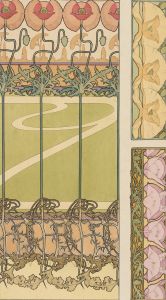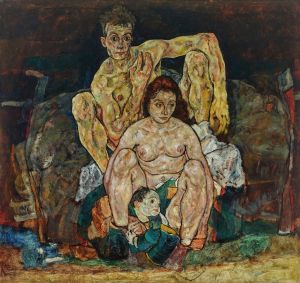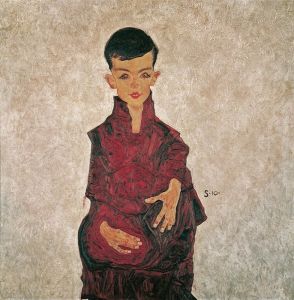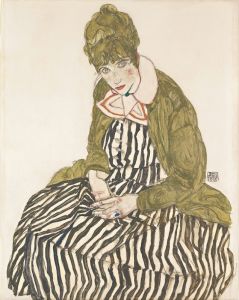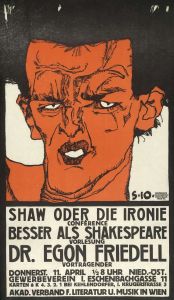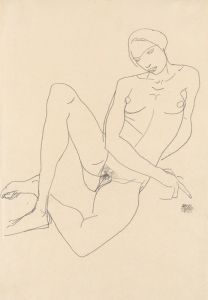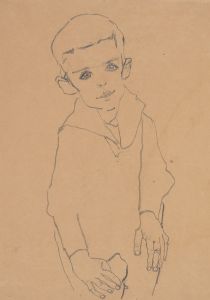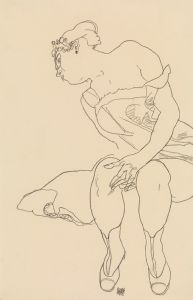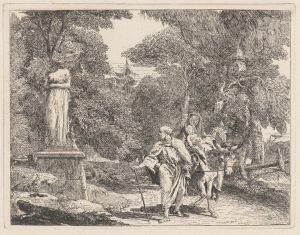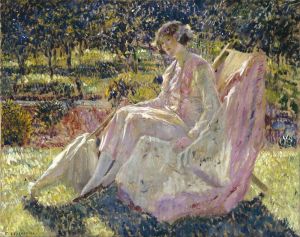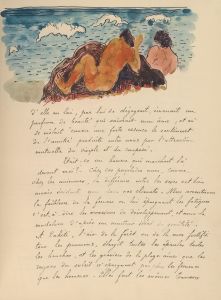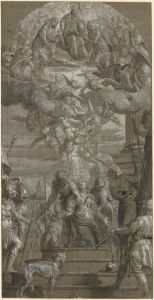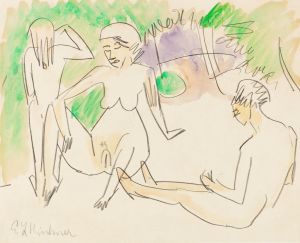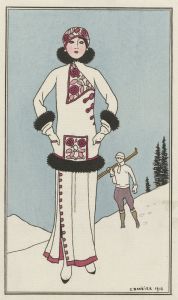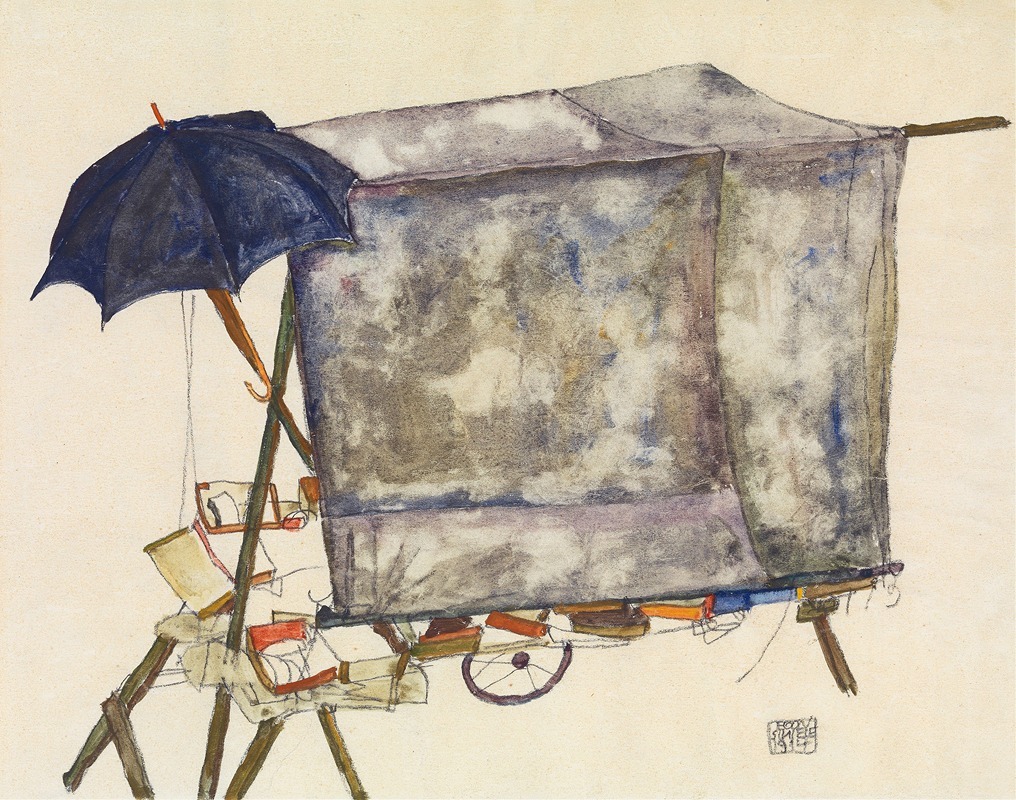
Street Cart
A hand-painted replica of Egon Schiele’s masterpiece Street Cart, meticulously crafted by professional artists to capture the true essence of the original. Each piece is created with museum-quality canvas and rare mineral pigments, carefully painted by experienced artists with delicate brushstrokes and rich, layered colors to perfectly recreate the texture of the original artwork. Unlike machine-printed reproductions, this hand-painted version brings the painting to life, infused with the artist’s emotions and skill in every stroke. Whether for personal collection or home decoration, it instantly elevates the artistic atmosphere of any space.
Egon Schiele, an Austrian painter known for his distinctive style and contribution to early 20th-century art, created the painting "Street Cart" in 1915. Schiele was a protégé of Gustav Klimt and a major figure in the Expressionist movement, which sought to convey emotional experience rather than physical reality. His works are characterized by their intensity, raw emotion, and often provocative subject matter.
"Street Cart" is a notable example of Schiele's exploration of urban life and his ability to capture the essence of his surroundings. Painted during a tumultuous period in history, the work reflects the socio-economic conditions of the time, particularly in Vienna, where Schiele spent much of his life. The city was a hub of cultural and intellectual activity but was also experiencing significant social and political upheaval, especially during World War I.
The painting depicts a simple street cart, a common sight in the urban landscape of early 20th-century Vienna. Street carts were often used by vendors to sell goods, and they played a vital role in the everyday life of the city's inhabitants. Schiele's portrayal of the cart is both realistic and expressive, capturing the utilitarian nature of the object while imbuing it with a sense of presence and importance.
Schiele's use of color and line in "Street Cart" is characteristic of his style. He employs bold, often contrasting colors to draw attention to the subject, while his use of line is both precise and expressive, creating a sense of movement and energy. The composition of the painting is carefully balanced, with the cart positioned prominently in the foreground, drawing the viewer's eye and emphasizing its significance.
The painting also reflects Schiele's interest in the human condition and the everyday experiences of people. By focusing on a seemingly mundane object like a street cart, Schiele elevates the ordinary, encouraging viewers to consider the broader context of urban life and the individuals who inhabit it. This focus on the everyday is a recurring theme in Schiele's work, as he often sought to capture the essence of human experience in his art.
"Street Cart" is part of Schiele's broader body of work that includes portraits, landscapes, and allegorical scenes. Despite his relatively short life—Schiele died in 1918 at the age of 28—he produced a significant number of works that have had a lasting impact on the art world. His unique style and approach to subject matter have influenced countless artists and continue to be studied and appreciated today.
The painting is housed in a private collection, and like many of Schiele's works, it is highly valued for its artistic merit and historical significance. Schiele's ability to convey emotion and capture the essence of his subjects has cemented his place as one of the most important artists of the Expressionist movement. "Street Cart" remains a testament to his skill and vision, offering insight into the world of early 20th-century Vienna and the enduring power of art to reflect and shape human experience.





